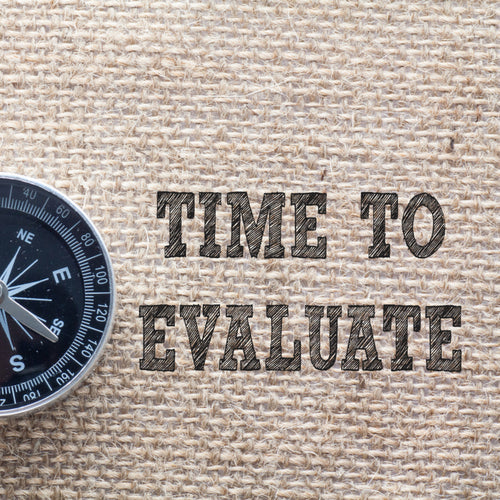Establishing a new HR department can be overwhelming, yet it's an exciting opportunity to contribute significantly to your organization's strategic goals. This guide is designed for new HR professionals, and business owners, aiming to set up an HR function.
A systematic approach can create a robust HR department that resonates with your company's mission and values. Additionally, a systemic approach and strategic planning ensures a smooth path through the setup process.
Step 1: Understanding Your Organization's Needs
The initial step in creating an HR department is understanding the unique needs and ambitions of your organization.
- Investigate the short-term objectives and long-term visions.
- Delineate core cultural values that influence decision-making.
- Engage with key stakeholders through interviews to capture their expectations of HR, offering a foundation to build upon.
- Assess existing HR-related activities; identify strengths and areas for development.
- Utilize HR audits to gauge current state and to uncover opportunities for enhancements or necessary change.
Step 2: Develop HR Policies and Procedures
Formulate HR policies and procedures that adhere to legal standards and reflect industry best practices. This process should cover essential areas such as recruitment, employee relations, and compliance with labor laws and regulations. Create these policies with clarity, and effectively communicate them to all team members. Effective policy development and policy communication ensures a transparent and well-functioning HR framework.
Step 3: Establish Recruitment and Hiring Processes
Recruiting and securing the right talent is a cornerstone of HR. Develop a systematic recruitment strategies, from job postings to interviewing and selecting candidates. Identify the most effective channels for attracting talent and design a recruitment experience that aligns with your organizational ethos. This process will enhance your employer brand and attract the right candidates.
Step 4: Implement Onboarding and Orientation Programs
A strategic onboarding process acclimates new hires to your organization, setting a positive tone for their tenure. Create detailed onboarding and orientation initiatives that equip newcomers with the necessary tools and knowledge for success. Integrating mentorship programs can further facilitate adaptation to workplace culture and operational procedures.
Step 5: Establish Performance Management Systems
Develop a comprehensive performance management framework to boost employee engagement and productivity. This framework should encompass: goal setting, consistent feedback, performance appraisals, and career development plans. A strong performance review framework fosters a culture of continuous improvement and open communication between staff and management.
Step 6: Manage Employee Relations
Effective management of employee relations is critical for HR. It ensures fair and transparent handling of grievances, complaints, and disciplinary matters. Establish clear protocols and cultivate a supportive workplace environment. Reinforce the value and respect of every team member.
Step 7: Ensure Compliance with Employment Laws
Maintaining legal compliance with employment legislation is a fundamental responsibility for HR. Keep abreast of the latest legal updates and industry standards. Implement rigorous processes for record-keeping, reporting, and auditing to minimize legal risks and uphold organizational integrity.
Step 8: Provide Training and Development Opportunities
Invest in your workforce through targeted training and development programs that address identified needs, enhancing individual capabilities and contributing to the organization's success. Encourage a culture of lifelong learning and career progression, offering varied and relevant opportunities for employee growth.
Step 9: Measure and Improve HR Effectiveness
Regularly assess the impact of your HR initiatives by tracking key performance indicators and gathering feedback. Analyze metrics such as turnover rates and employee satisfaction to pinpoint improvement areas. Use insight gained to refine strategies and elevate HR's role in achieving organizational excellence.
Step 10: Cultivate a Culture of HR Excellence
Aim to foster an HR culture characterized by professionalism, ethical conduct, and empathy. And lead by example: promote collaborative interactions across departments.
HR plays a pivotal role in nurturing a cohesive and dynamic organizational culture. This impact can positively contribute to business goals and company success. In this way, HR departments not only support but amplify the growth of business. While setting up an HR department is a significant challenge, it is equally rewarding.




